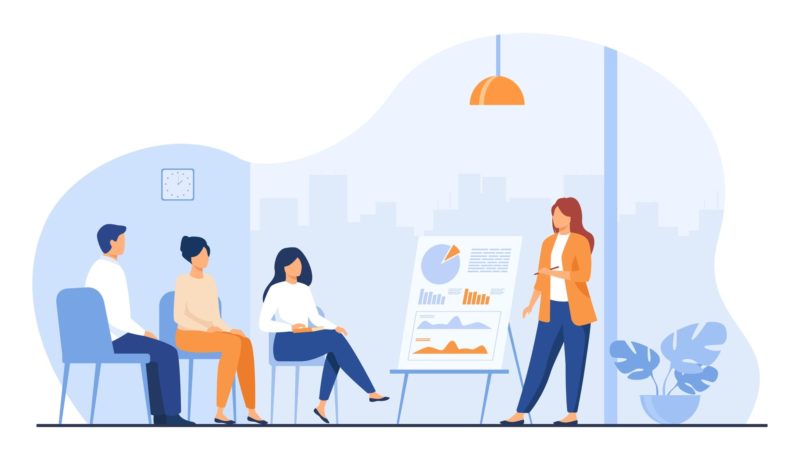Before starting to develop a system, it is very important to be clear about what exactly is to be developed.
This may seem obvious, but unfortunately in the world of software development there are always discrepancies between what the customer asked for and what was finally implemented. This problem occurs especially in projects with complete solutions, so here we explain our best practices for this type of project, which are also known as turnkey projects.
Starting a new project by taking the time to understand the customer’s real needs is an investment that more than pays for itself during implementation, not only saving development costs for the customer, but also ensuring customer satisfaction.
A satisfied customer is the best business strategy of all.
Michael Leboeuf
At WATA Factory, we have identified three key phases that help us to determine what needs to be developed, and which go beyond simply recording requirements.
1. Understanding the real needs of the client
In most cases, software development companies only read the specifications and then hold a meeting with the contact person to clarify any doubts. In the best case, and if everything is done correctly, the provider then knows in detail what the customer wants to implement.
But in some cases this is not enough. Often the customer is not even aware of the full potential of today’s technology. As experts it is our duty to thoroughly analyse the possibilities that the final software could offer the customer.
Therefore we examine the different parts of the customer’s management or manufacturing process. We also talk to the various parties involved and try to identify processes where time or resources are wasted. Not all customers use this opportunity, especially in complex organisations with different departments involved.
2. Concept development
As soon as we are aware of all the client’s real needs, we apply various creative methods to generate ideas for the creation of a concept that will provide a remarkable added value for the client, which can even sometimes go beyond what the client originally imagined.
Depending on the type of project, we apply techniques ranging from Design Thinking to Lateral Thinking. This phase distinguishes us significantly from other companies in this sector.
At this point we make a special effort to involve experts from various fields in order to achieve a result that meets the high expectations of our customers.
3. Presentation of the concept
Having made sure at the beginning of the project that we understand the customer’s requirements (by avoiding misunderstandings that could jeopardise the success of the project), we make sure at this stage that the customer understands the concept we have developed for them in the previous step.
For this we use various visual templates that clearly convey the concept we have devised. Depending on the project we use wireframes, mockups or interactive proof on concepts.
Although some software providers work on an hourly rate, we guarantee the customer a result and a delivery date. So the customer has the certainty of what he gets and when.
In addition, we attach particular importance to communication with the customer. We do not only revise the concept regularly, until a satisfactory solution has been reached, but also ensure during the implementation, by continuous delivery to the customer, that we go in the desired direction. Customers can visit us whenever they want and, if desired, they can even work with us in our modern offices.
Our main goal is not the software itself, but the satisfaction of our customers. The software is the way to achieve this satisfaction.



